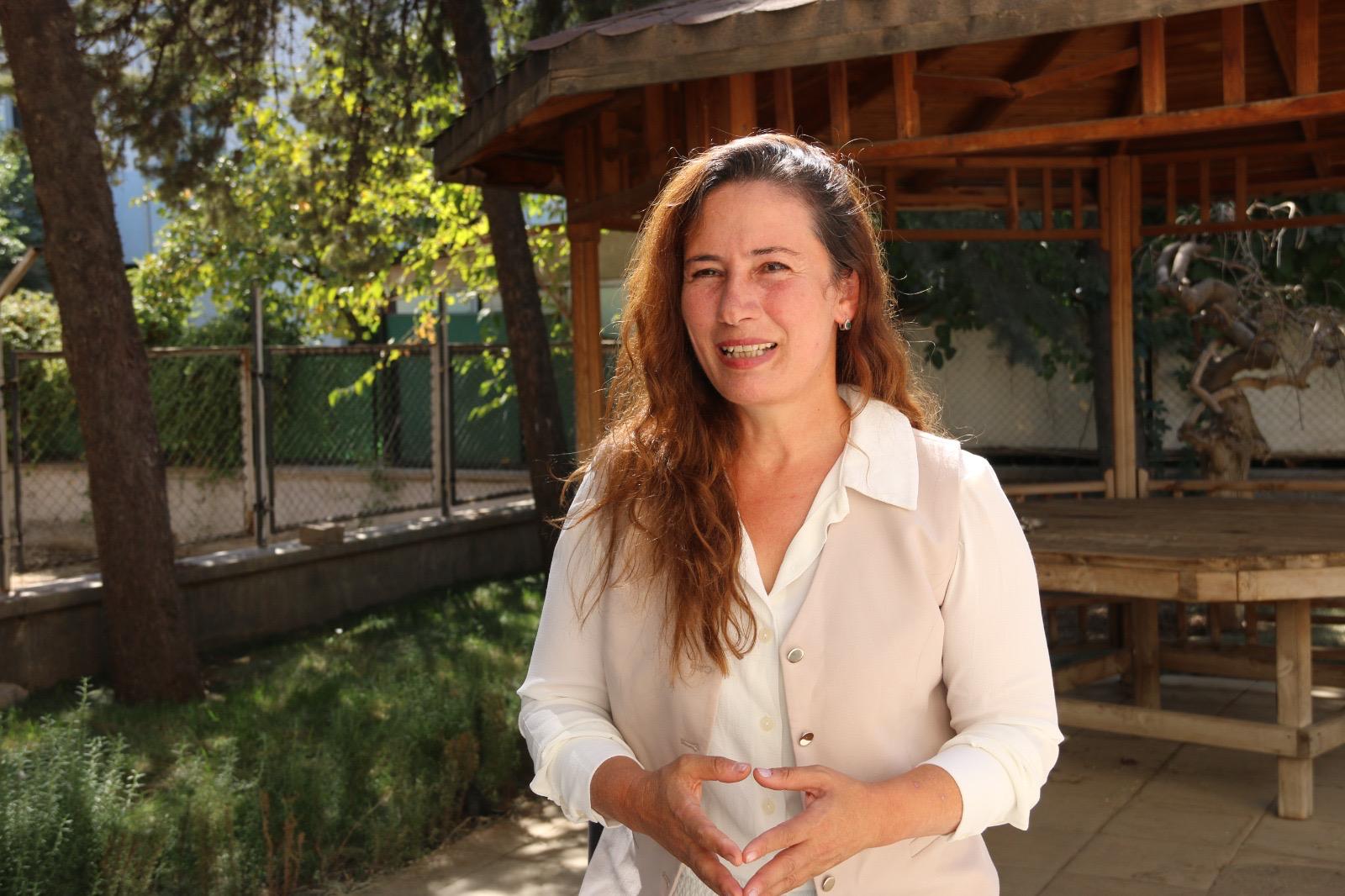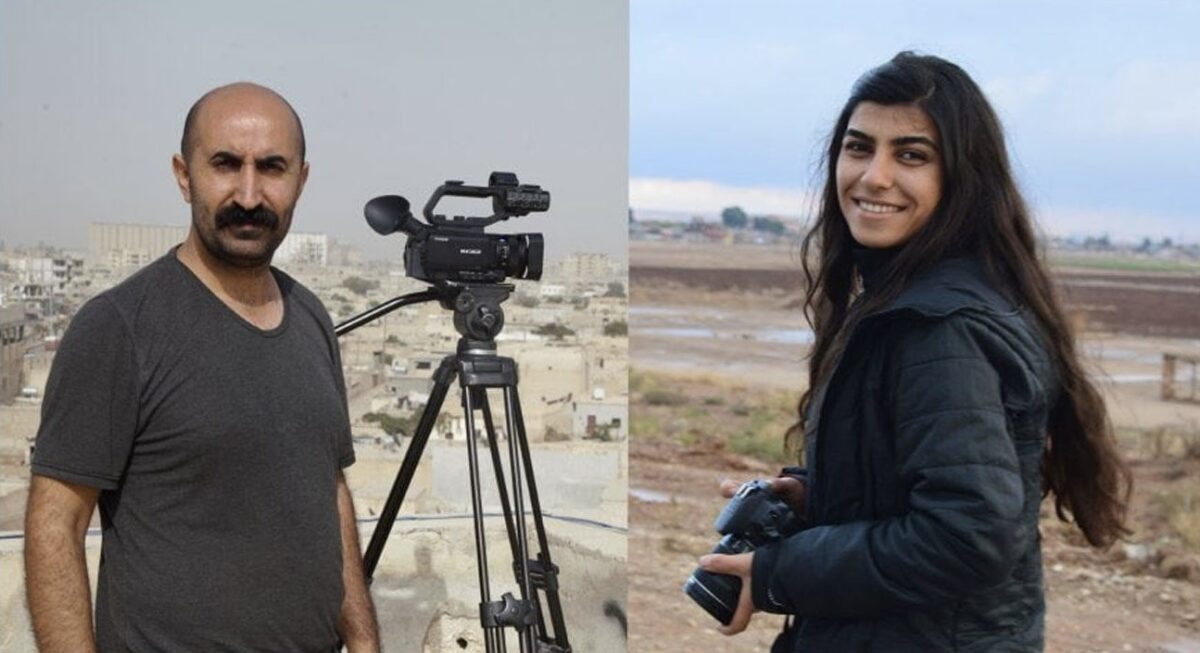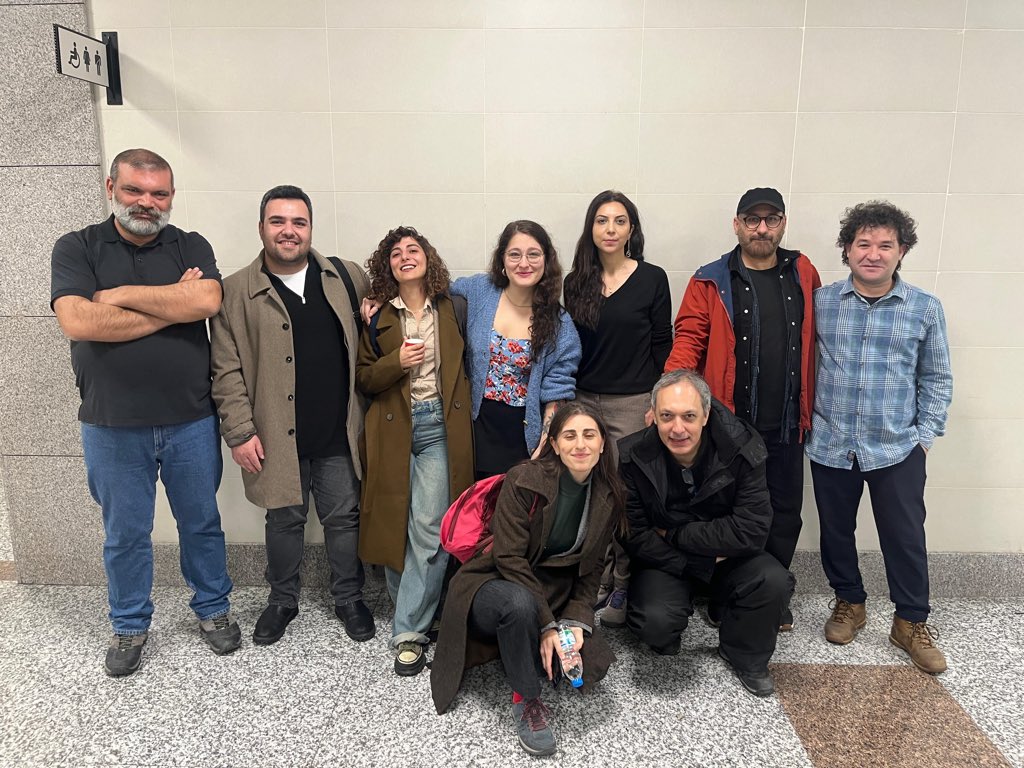Interview: Drug Use Multiplied During The Trusteeship Period In Kurdish Regions Of Turkey
Yüksel Genç, Director of the Socio-Political Field Research Center (SAMER), spoke to The Amargi about the background of their research on drug and stimulant use and addiction in Turkey’s Kurdish majority regions, and the social transformation they have witnessed on the ground.
In Turkey, drug use and addiction have grown exponentially over the past decade, turning into a crisis that deeply shakes the social fabric.
Data collected by the Socio-Political Field Research Center (SAMER) based in Amed (Diyarbakır) paint a dramatic picture in Kurdish regions as well: drug use has multiplied, while access to drugs has become easier, forming what SAMER Director Yüksel Genç describes as a “zone of tolerance” under law enforcement oversight. In her view, this trend – especially in neighborhoods with strong Kurdish political activity – has merged with the broader policy of state-appointed trustees (kayyums) and evolved into what many locals call a “special warfare strategy.”
SAMER began focusing on addiction in the mid-2010s. Its 2021 Regional Field Study on Drug and Stimulant Use and Addiction revealed that the issue had moved beyond individual dependency to become a societal problem. Two recent studies – conducted in Erxenî (Ergani, Amed) in November 2024 and Farqîn (Silvan, Amed) in May 2025 – show that the addiction crisis has become deeply intertwined with social disintegration, poverty, and the erosion of public services. Both reports stress that security-based approaches alone are inadequate, if not outright harmful, and that meaningful solutions require collective participation from local governments, civil society, and families.
The Amargi spoke to Yüksel Genç, Director of SAMER, who has been working on this issue for nearly ten years, mainly focusing on the Kurdish areas. She argues that addiction should be understood not only as a public health problem but also as a political tool – a mechanism of social disintegration.
The Amargi: You have published a comprehensive report in 2021 on the addiction issue in Turkey’s Kurdish regions. The data –combined it with parliamentary questions submitted by local MPs – is alarming. When was that the first time you noticed this issue? What initially led you to this research?
Genç: Our work began in 2015 with a study we carried out in Amed to identify drug and substance use patterns. The differences between what we found then and what we see now are incredible. Usage rates have multiplied, and attitudes that normalize or legitimize addiction have become much more common.
Following the collapse of the 2015 peace process, we observed how access to drugs became easier and usage rates rose sharply. This increase often took place in a “securitized” way – that is, within an environment dominated or overseen by the security forces. The fact that drug use and sale became so visible and tolerated weakened people’s motivation to resist, while for some young people, drug use turned into a way of coping with life.
After the 2016 coup attempt, the rise of authoritarianism, and the escalation of security-based policies toward the Kurds, access to drugs, as well as use and sale, became easier and more widespread, particularly in neighborhoods, districts, and settlements where Kurdish politics had strong influence or where Kurdish populations were concentrated. The areas where drug use intensified also largely overlap with neighborhoods that were formed by forced displacement in the 1990s and where support for the Kurdish political movement is strongest. Over time, this pattern spread outward to other parts of the cities.
Another finding is the strong link between poverty and drug use. As urban poverty deepened, substance use increased in parallel. At the same time, a growing sense of hopelessness and anxiety among young people has further driven up usage rates.
Our studies also show that in the areas most affected, school attendance rates among young people have dropped. In recent years, there’s been a serious decline in high school and university enrollment.
What we observe is that the Kurdish question is deeply intertwined with social policy and security strategies. So, at the regional level, it’s possible to speak of a rise in drug use that advances – at times – with the tolerance, encouragement or even involvement of law enforcement and local bureaucracy. At the same time, across Turkey as a whole, as authoritarianism has deepened and democratic spaces have narrowed, drug use and forms of addiction have diversified and expanded.
Our data largely aligns with official reports from both Europe and Turkey. For example, according to a 2020 European report, heroin, one of the three most heavily trafficked drugs in the world passes largely through Turkey.
According to the reports by the police, we also see a sharp shift from cannabis to amphetamine-type substances. Over the past 10 to 15 years, the rates have risen to around 16 percent.
Turkey moved from being a transit country for drugs to becoming a market country. This change is deeply related to central government policies – to how the state views and governs society. It’s not only an economic or commercial matter but also a political and social one, directly tied to the regime’s relationship with the population. And, of course, it’s closely connected to the Kurdish question. So, when we compare the rise in drug use between western and Kurdish-majority eastern Turkey, we talk about very different dynamics.
The Amargi: In the Kurdish regions, the idea of the state as a provider of public services largely emerged through the policies of pro-Kurdish local administrations. Have you observed a decline in these public services after the resurgence of conflict following 2015 and the increasing central pressure on local governments with the trustee policy? How has this affected the struggle against drug addiction?
Genç: In some areas, addiction rates have increased four or fivefold over the past decade, while in others the rise has been even more dramatic. When the issue is approached purely as a criminal matter, it becomes very difficult to collect reliable data from the field or to reach actual users and those in need. A criminalizing gaze should be the very last consideration in any struggle against drugs. An effective struggle is only possible with sound data, and sound data can only be gathered in environments where the security-centered approach does not dominate the streets.
One of the most common things of our fieldwork is that the dealers bringing drugs into the neighborhood are either connected to the police or can operate freely because of the tolerance – or even protection – of law enforcement. This indicates a serious lack of public trust in the police.
Another key issue is the weakening of local administrations during the period of state-appointed trustees. Under the trusteeship regime, the areas most damaged were those offering women and mother-tongue programs, and social spaces for young people. The venues where young people could build social and cultural belonging were either shut down or transformed under a conservative framework. In fact, we even heard that some of these places have become environments where new networks of addiction have taken root.
During the trusteeship period, drug use multiplied dramatically. That period coincided with the hardening of security-oriented policies and the militarization of social life
Over the past decade, we have witnessed how young people have been weakened through drug use, how their connection to life has been eroded, how many networks of solidarity have been dismantled, and how social disintegration has deepened.
From this perspective, the appointment of trustees should not be seen merely as an administrative measure; it should be recognized as one of the strongest administrative components of the security-centered policies shaped around the Kurdish question.
Our neighborhood-based research within districts clearly shows that society is sounding the alarm in terms of both usage rates and the extent of exposure to addiction. For instance, in a study we conducted in Amed’s Rêzan (Bağlar) district, 42 percent of respondents said that someone in their family or neighborhood was using drugs.
The neighborhoods with the highest levels of substance addiction are largely poor areas. We also found that the neighborhoods with the most intense drug use were those that had previously been highly politicized – communities with strong political identity and social solidarity from the 1990s through to 2015.
Another finding is that in neighborhoods where drug use has increased, prostitution has also become more common. Similarly, there has been a rise in criminal incidents such as theft. In a sense, we are seeing a chain reaction: people become addicted – or are made addicted – and then, in order to sustain their access to drugs, they first struggle with material deprivation and later resort to criminal means. Some turn to prostitution, others to theft.
In neighborhoods where drug use and dealing have become widespread, rates of individual violence and access to firearms have also risen sharply. Some groups in these areas now operate almost like de facto gangs. As a result, a large proportion of our female participants said they no longer feel safe in their own neighborhoods. So, there are serious concerns not only about public health but also about the safety of everyday social life.
We met people who told us they had been using drugs for 15, even 20 years. For such long durations, it’s hard to imagine that families are truly unaware. The issue has become intertwined with a broader social silence sustained by denial.
In our 2015 research, we found that the average age of first drug use was around 12. Even then, it was a worrying figure. But today, for example in Bağlar, around 1.5 percent of respondents said they first used drugs at the age of eight. In Ergani, the average was nine; in Silvan, ten. The age at which children are first exposed to drugs is steadily falling.
The most intensive use occurs among those aged 15-19. This is a critical stage when young people begin to form their identities and prepare themselves for life.
When we look at the spatial distribution of drug use and access, in our 2015 study, internet cafés stood out as the main “access points.” Today, they have been replaced by parks, gardens, abandoned buildings, and even areas around schools.
Our research focuses primarily on young people aged 15 to 29. Within this group, four out of five say they have never participated in any sports, cultural or artistic activity in their lives. Likewise, roughly the same proportion report that their daily social interactions take place mostly through digital networks and online platforms. This points to the need for further discussion of the link between drug addiction and digital dependency.
All these dynamics must be considered together. This chain represents a major risk for society. When I speak of “moral decay”, I don’t mean morality in the traditional or conservative sense; I’m referring to the collapse of the social values that sustain a community – solidarity, trust and belonging.
Serap Gunes
Serap Güneş is a freelance translator and writer based in Istanbul. She holds a PhD in International Relations and European Politics from Masaryk University, where her research focused on minority rights and EU–Turkey relations. Her work has appeared in both academic journals and independent media outlets.




